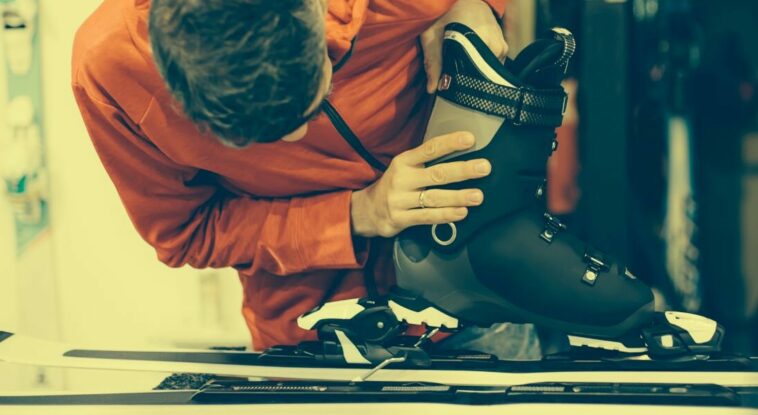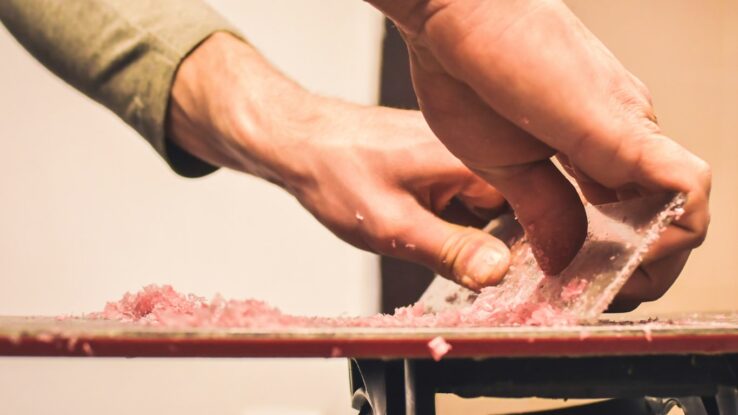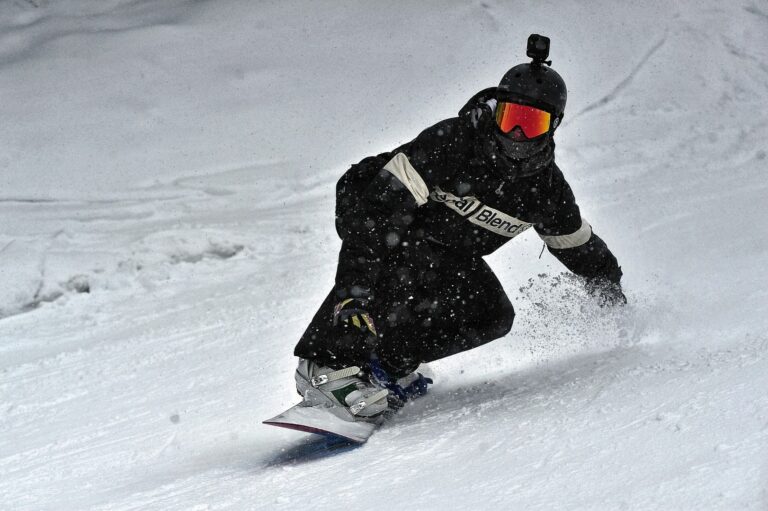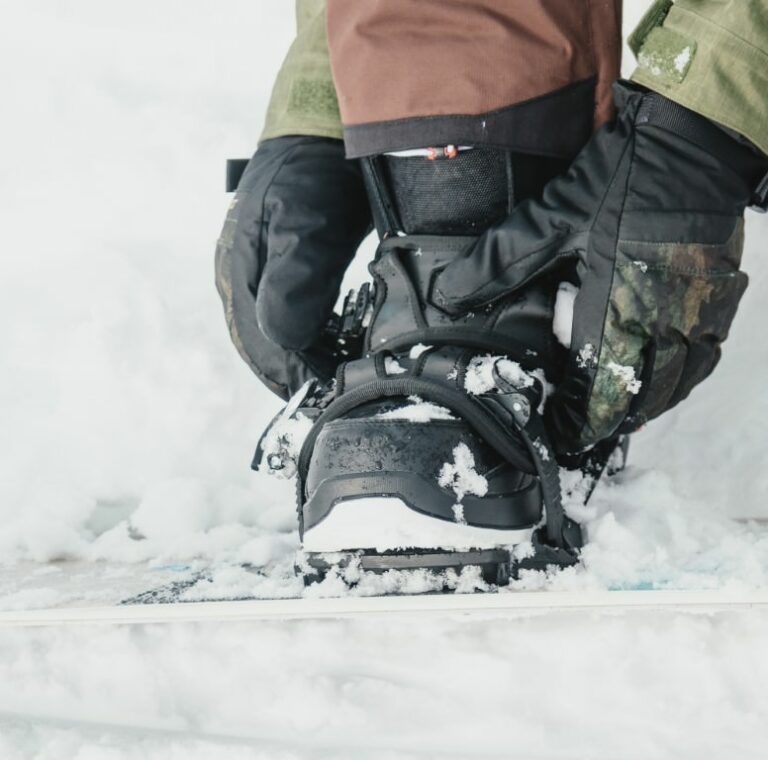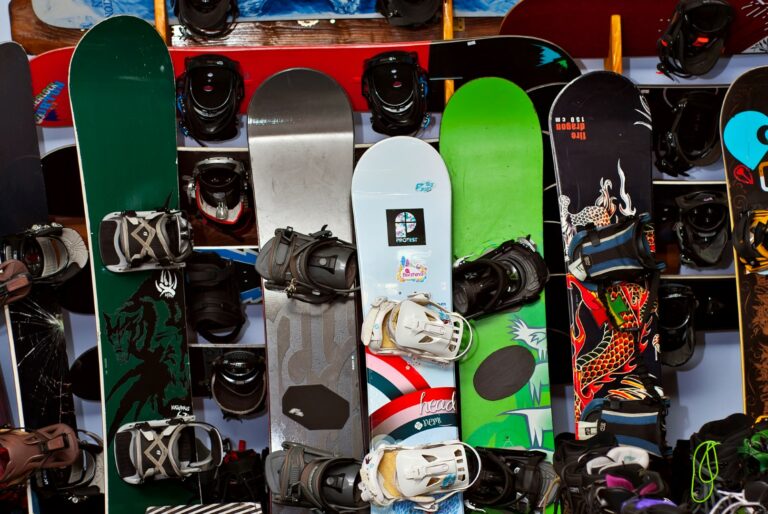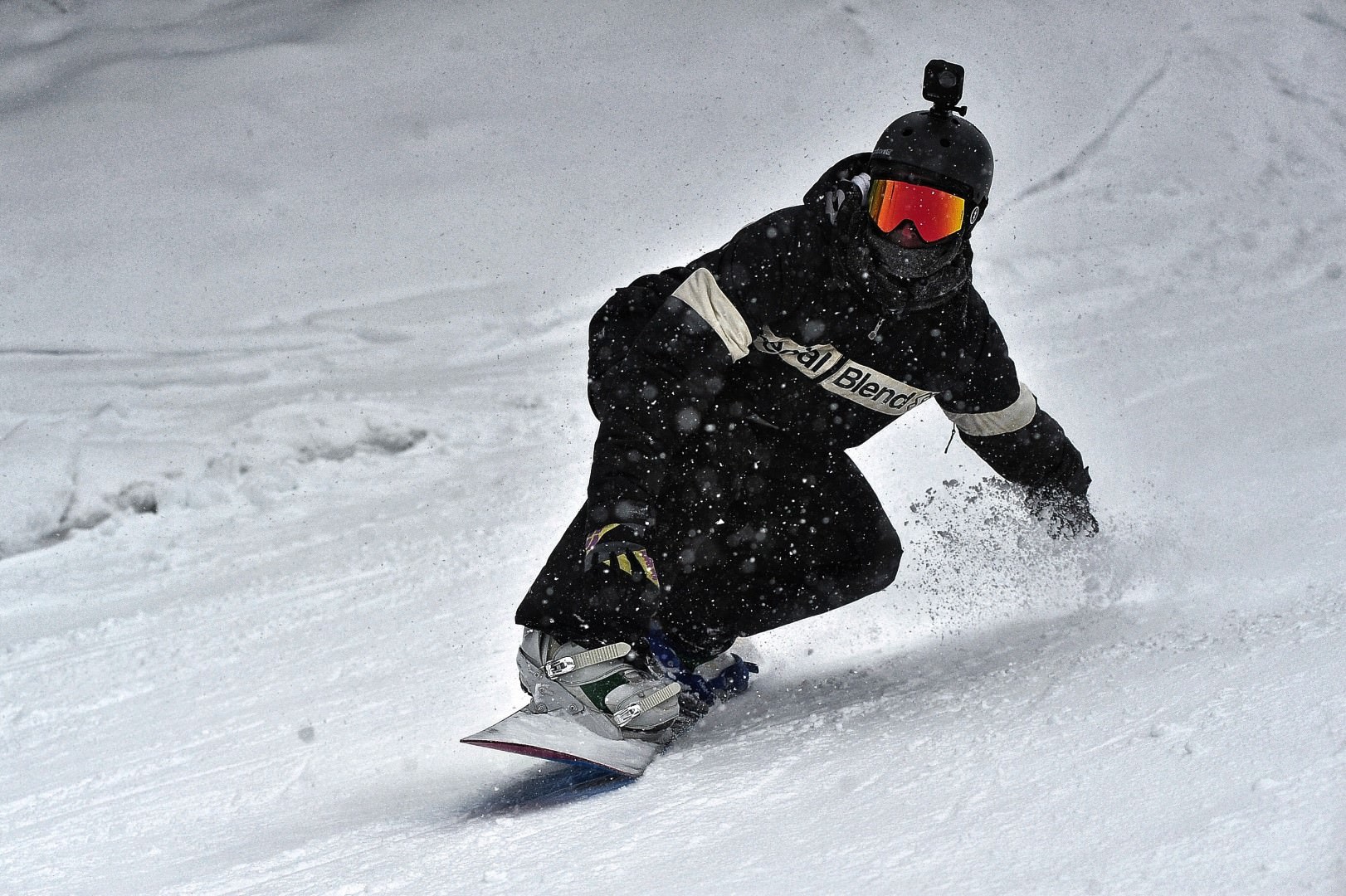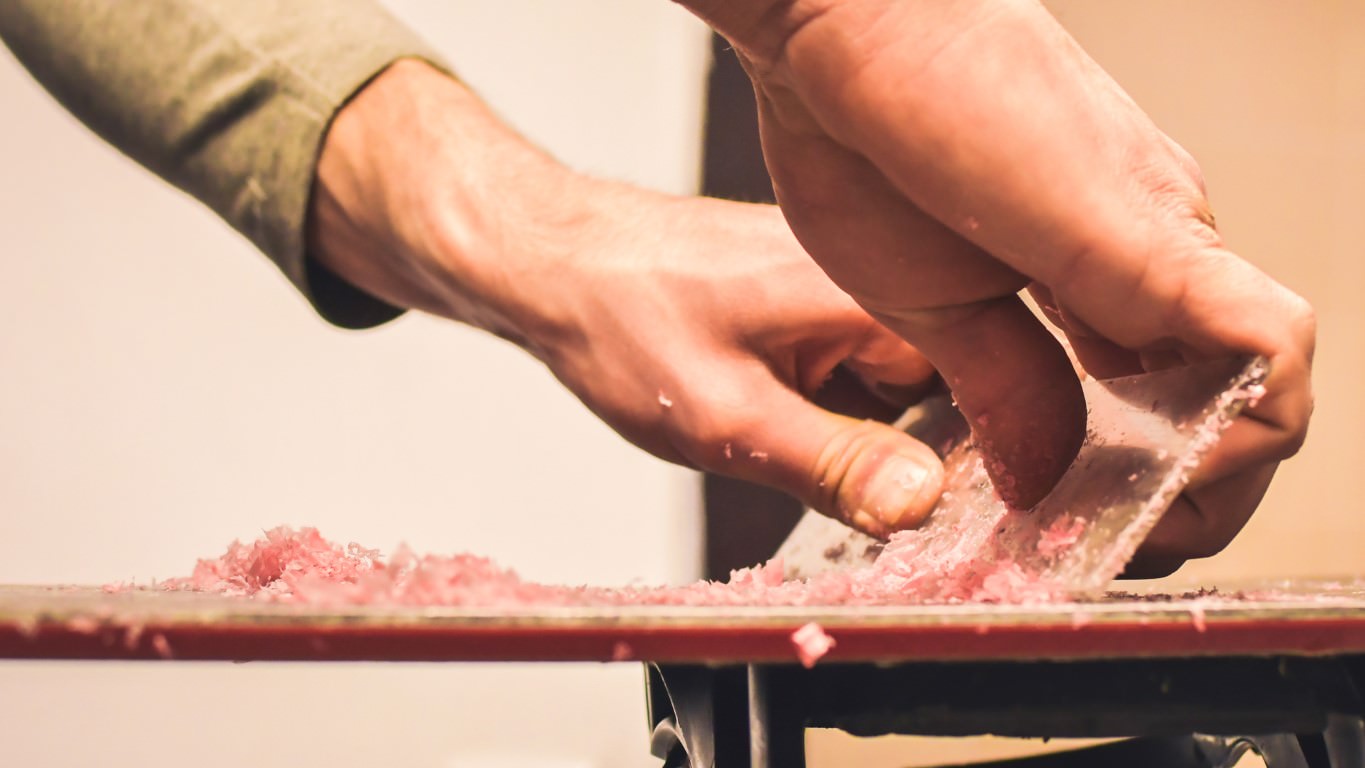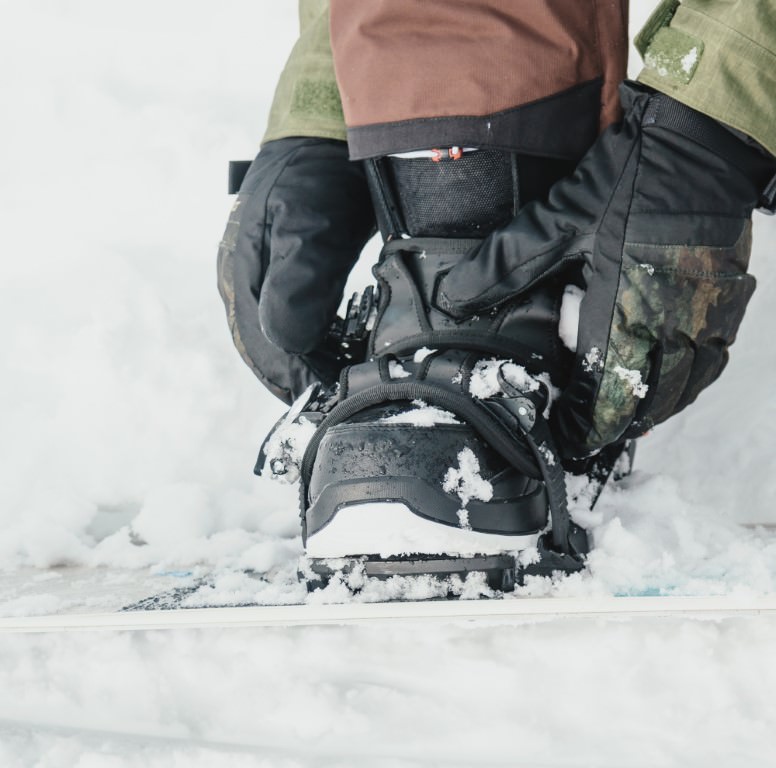How Much Does It Cost to Snowboard for a Day?
How much you spend shredding for a day depends on many factors; probably more than you were aware of:
- The Resort: The choice of resort greatly influences costs. Prices in Jackson Hole are much higher than a local hill that most people have never heard of, while Aspen and Vail are also pricier than their Colorado neighbors Copper or Purgatory. As a rule of thumb, lesser-known ski areas are cheaper than more illustrious ones.
- Luxury Level: Personal tastes and preferences significantly impact costs. Accommodation, food and beverage choices nearly always range from budget-friendly to luxurious, each with different price tags.
- Where You Live: If you are a short drive from the mountains it is going to cost less to reach them than if you live in Florida or Hawaii.
- Skill Level: Beginners will probably need to factor in the cost of lessons and gear hire. While seasoned boarders who own equipment spend less, but then wrack up maintenance, replacement and gear transportation costs.
- Group Size: Going solo versus as a part of a large group will change the costs. Group or family discounts at resorts can make a trip more affordable. Plus booking accommodation is cheaper if there are more of you, as is sharing lifts etc.
- Duration: If you buy a lift pass or rent gear by the day, the daily rate is higher than booking for a week or for a season. Likewise, a week’s accommodation cost will often be lower per night than if you only book a single night.
- Age: Many resorts offer discounted rates for children, seniors, and sometimes students. Plus, your age impacts insurance costs, and typically younger people are more inclined to sacrifice comfort for cost savings.
- Who You Know: If a friend or family member has accommodation near a ski area, then be nice to them! You’ll save a packet by borrowing gear, sharing lifts and sleeping on their sofa.
- When You Book: Everything from flights to accommodation and lift passes to lessons is normally cheaper if you book in advance rather than the week before.
- Travel Season: Peak season means peak prices. Everything from hotels and travel to lift tickets and tuition fluctuate significantly between peak season and off-peak times. Holidays and weekends usually see the highest prices.
- Luck: Weather changes requiring extra layers, gear breaks and needs to be replaced or your car won’t start… Unforeseen costs will add up.
- Choice of Gear: Buying new, top-of-the-range kit from big-name-brands will cost far more than going for used, lower-end equipment or less known brands.
- Additional Activities: It is easy to get carried away in a resort. After all you are spending a lot of money, so why not add snowmobiling, a spa visit, or heli-boarding?
- Generosity: The tipping culture in the US is very different to here in Europe. And how generous you are will hit the bottom line costs of snowboarding.
With that rather comprehensive list of mitigating factors out of the way, let’s look at the cost of everything you’ll spend money on when snowboarding:
Snowboarding Equipment Rental
Before you snowboard, you need the right gear. If you’re new, then rental equipment is a pocket-friendly way to get started. Most resorts offer rental packages of snowboard, boots, and bindings for about $50-$150 per day.
You can save money with multi-day rentals, perhaps even halving the day rate. You’ll also save more by renting outside of the ski resort, which is a good idea if you are driving to the mountains.
Buying Snowboard Gear
Once the snowboarding bug bites, you’ll want your own equipment. Your investment not only enhances your experience but will save you a lot of money in the long run. Prices vary greatly depending on your preferences, so we’ve broken down the individual costs:
Snowboard
The star of your setup, snowboards come in many different shapes, sizes, and designs.
It’s worth noting the below prices for budget, mid-range and premium reflect the price range rather than the quality range. Of course, better gear tends to be more expensive, but you will pay more to cover big brands’ marketing spend. While less well known companies, such as Raven or Pathron Snowboards, provide high quality kit at budget prices.
- Budget Options: A budget-friendly board, ideal for beginners or those who are cost-conscious, will cost between $200 and $350.
- Mid-Range Options: For a more advanced ride without breaking the bank, consider mid-range boards priced between $350 and $550.
- High-End Options: Craving a premium experience? High-end boards, top of the range by big brands and specialist snowboards, range between $550 and $1000+.
Bindings
Bindings are your link between the board and your boots. They are key to maintaining control of your snowboard.
- Budget Options: Affordable bindings can be found for around $100 to $150.
- Mid-Range Options: For a blend of quality and affordability, expect to pay between $150 and $250.
- High-End Options: Top of the range high-end bindings will cost between $250 and $500.
Boots
Boots should be the first thing that you buy. Well-fitted boots are crucial to your snowboarding experience. It’s worth saying the best boots for you are the ones that fit you best, regardless of price or other factors.
- Budget Options: Budget-friendly boots usually vary between $100 and $200.
- Mid-Range Options: For better comfort and support without going all out, mid-range boots cost $200 to $300.
- High-End Options: For the ultimate in comfort, support and durability, expect to pay between $300 and $500.
Total Snowboarding Gear Cost
Adding up the three gear costs above, you get the following ranges:
- Budget Options: A low cost setup will set you back $400 to $700.
- Mid-Range Options: Mid-range kit totals between $700 and $1,150.
- High-End Options: Top-of-the-range gear costs $1,150 to $2,000.
- Lifetime: With typical use, boots will last 60 to 120 days of riding, a snowboard 150 to 250 days and bindings 100 to 150 days.
- Daily Cost: Based on average kit lifetime, your entire snowboard setup costs around $3 to $15 per day.
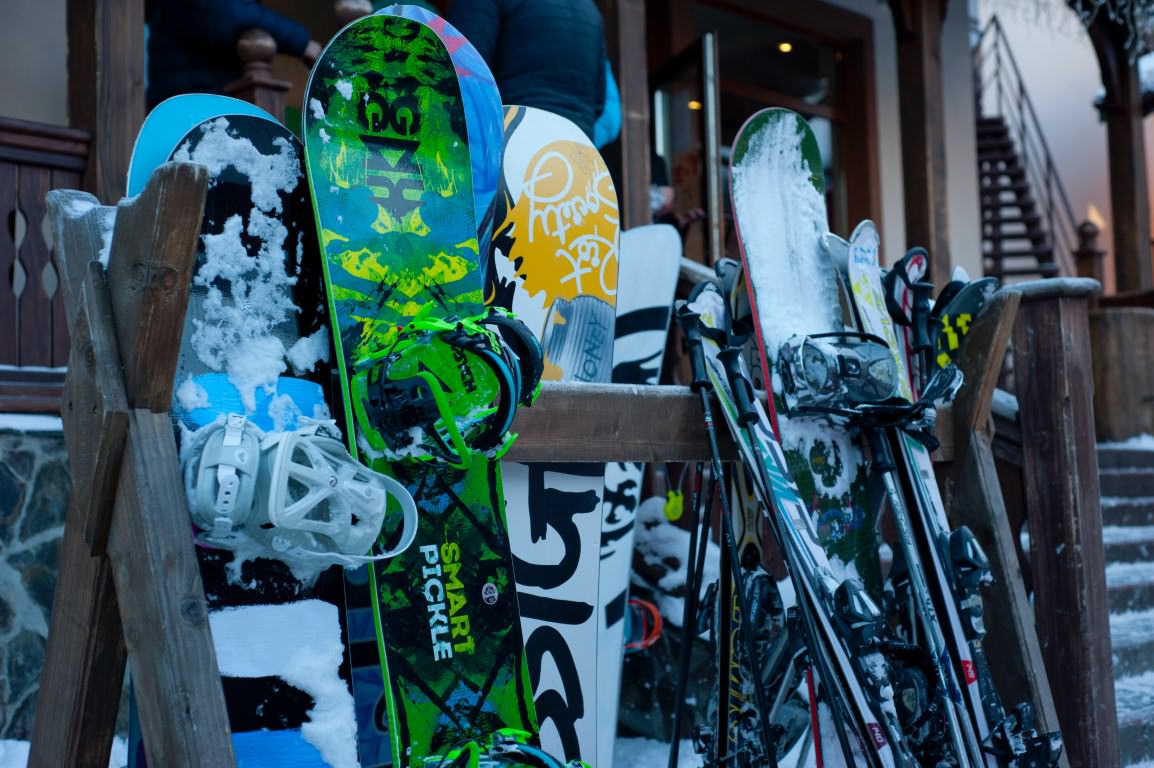
Snowboarding Clothing and Accessories
The right clothing and accessories can make all the difference when snowboarding. Keeping warm, dry, and comfortable on the slopes is vital, but so is style and fit.
The cost of key snowboarding clothing and accessories is broken down by budget, mid-range, and high-end options. As with the above, these are price ranges, not quality ranges. You can get top quality gear at budget prices if you are willing to buy unknown brands or shop in the sales.
Outerwear (Jacket and Pants)
Your outerwear is key to protecting you from the elements while you explore the slopes. It needs to be windproof, waterproof and breathable, with the last two measured in the thousands, from around 5k to 30k (higher numbers are better).
Prices are for one item, with jackets and pants costing around the same. So you’ll need to double the below costs if you need both.
- Budget Options: Budget outerwear is normally unknown brands and supermarket specials. You’ll get basic to mid-level weather protection and features. Priced from $50 to $125 per product.
- Mid-Range Options: Entry level quality outerwear of big/well known brands and mid to top quality for less well known gear. Prices are between $125 and $300 per item.
- High-Price Options: Look for superior materials and innovative designs by the top brands. Prices range from $300 to more than $800 per item.
Baselayers
Baselayers are the clothing worn closest to your skin and are more important than most people realize. Their primary function is to wick moisture away from your body to keep you dry and warm.
They come in different materials, which dictate the price. Synthetic blends are normally cheaper with merino wool, the premium natural option. The cost of baselayers varies from $10 for an item by an unknown brand to $150 per piece for a top brand.
Midlayers
Midlayers provide insulation by trapping heat close to the body. Fleece, any non-cotton jumper or insulator jackets (not down) are commonly used as midlayers. Prices vary greatly, with a cheap fleece from $10 to a top quality technical midlayer costing more than $500.
Gloves
Ski/snowboarding gloves or mittens are essential for protecting your hands from getting wet and cold. They also help prevent injury, and as snowboarders spend more time with their hands in the snow than skiers do, it is worth getting robust gloves designed for snowboarding that will last.
A very basic pair of ski gloves or mittens will cost around $30. Top of the range snowboard specific handwear with wrist protection will set you back up to $200.
Helmet
While a helmet is not compulsory, you’d be a bit of a helmet for not wearing one. A whack on icy snow can quickly end your day or even your life. So lid up!
Prices of helmets are determined by their construction, features (like audio compatibility, ventilation system, adjustability), and brand. A helmet passing the ASTM1 safety standard usually costs between $50 for a basic no brand and $400 for an all singing, all dancing lid with extra safety features.
Goggles
Snowboarding goggles protect your eyes from the snow, wind and harmful UV rays. They also enhance your visibility in varying light conditions. The price of goggles depends on their lens technology, frame design and brand.
On average, expect to pay from $40 for a very basic pair and up to $300 for top quality goggles with reactive lenses.
Socks
Ski socks are designed to keep your feet warm and dry while fitting comfortably inside your boots. They are generally made of moisture-wicking man made fibers or merino wool.
You can pick up multiple pairs of snowboarding socks for around $15 on eBay that will do the job. Or you can invest in top quality by a well known brand for around $50 per pair.
Lift Tickets
Your passport to those magnificent peaks is a lift ticket. The price varies based on the location and can range from $30 for a tiny resort to $200 per day in a famous ski area. The longer you buy a lift ticket for the cheaper the per day rate becomes.
Season tickets, which cost $400-$1200, offer the best value for money, but only if you get out onto the slopes frequently enough. Often there are deals to buy passes in advance.
It is also worth considering investing in the Epic Pass or IKON, which offer access to many different resorts. Indy Pass and Mountain Collective offer similar but cover fewer ski areas. The sooner you purchase your pass, the cheaper it will be.
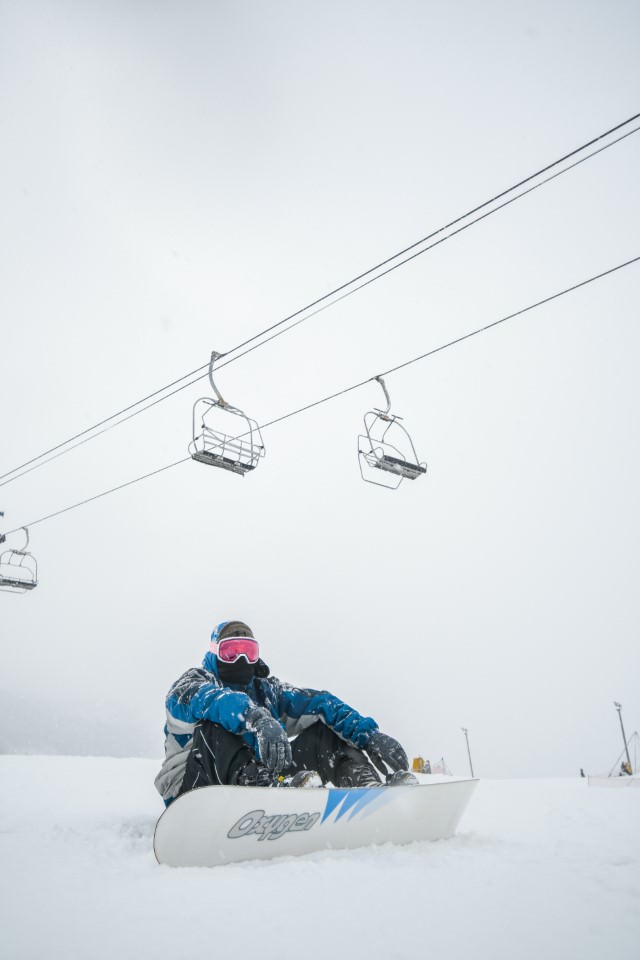
Snowboarding Lessons
Some people do pick up snowboarding naturally, but many require the help of tuition to get them riding. But lessons will fast track anyone’s progression, meaning you make more of the rest of the money you spend on the sport.
Typically a full day group lesson costs between $100-$350, while a half day of private lessons costs anywhere from $200 to $1000+. There are often discounts for season ticket holders. Also you can get good deals if you book a week long snowboarding course.
Travel and Transportation Costs
Those majestic snow-clad peaks aren’t coming to you, so you need to budget for travel. And this is probably the most difficult aspect to forecast.
If you’re lucky to live close to a resort, travel costs may be minimal. However, if you need to take a flight, get a transfer, or hire a vehicle, it could add $150-$1000 to your snowboarding bill.
Accommodation
The place you choose to rest and refuel after a day of snowy adventures can make or break your snowboarding trip. Whether you’re looking for a budget option or a lavish retreat, there’s a wide range of accommodations available in or near most ski resorts.
Free
While you won’t be able to nab a room at a plush hotel without paying, there are some options where you do not need to pay any lodging costs.
- Travel Home: If you are close enough to a resort, you can travel home after a day on the slopes.
- Sofa Surfing: Got a friend living in a resort or a buddy or two living nearby? Then hit them up for a night or two and surf between different friends’ sofas or floor space.
- Affluent Friends and Family: If you know people with a holiday home in the mountains, they probably won’t be using it all the time. So ask if you can stay. To be invited back, leave it cleaner than when you arrived, with plenty of beer in the fridge!
Budget-Friendly Lodges
These are ideal for snowboarders watching their wallets. They provide basic amenities like a comfortable bed, bathroom facilities (often shared), and, sometimes, a communal kitchen.
- Hostels: With dormitory-style rooms and communal facilities, the prices can range from $25 to $75 per night.
- Budget Inns or Motels: Usually out of resort but within striking distance. You’ll have a private room and basic amenities. Costs vary between $50 and $125 per night.
Mid-Range Accommodation
The bread and butter of ski accommodation. Mid-range is perfect for those who appreciate added comforts but want to avoid a hefty price tag.
- Chain Hotels: The big hotel names offer fairly standardized rooms and services. Amenities often include daily housekeeping, in-room coffee makers, and sometimes a gym or pool. Expect to pay between $75 and $300 per night.
- Boutique Lodging: Often owner run, these unique and very personal accommodations can lack the facilities of bigger hotels but have a lot of charm. The price per night typically ranges from $100 to $300.
- Ski Apartments: For a group or family, booking an apartment in a resort is a great option as you can cook for yourself to save money. They range from basic to luxurious, and you usually pay for the entire apartment. The per person prices range from $75 to $300 per night.
Luxury Lodging
For snowboarders who crave comfort, love luxury and want amazing amenities, you’ll need to go high end. Coming with spa facilities, high-end dining options, ski valet, convenient locations for slope access and rooms with stunning views, it’s a lovely experience.
- Luxury Hotels: Four and five star hotels provide spacious rooms, excellent service, and premium facilities. They typically charge between $250 and $1,000 per night.
- High-End Resorts: There are often luxurious chalets and apartments in ski resorts that can be rented by the night. They normally have extravagant features such as private chefs, personal hot tubs, pools and concierge services. For this level of luxury, expect prices to start at $400 per night, per person and to go well beyond $1,000.
Food and Beverage Expenses
It is said that the only certainties in life are death and taxes. But snowboarders can add a third to that list – you’ll work up an appetite. So be prepared, as food and drink in the mountains is more expensive than elsewhere, but you can save by packing your own snacks and meals.
If eating out, you will do well to pick up a basic sandwich and drink for under $10. If trying to keep the costs down, expect to spend $15-$30 per meal. But if you want to splash out, you could easily spend far more than $100 per meal, especially if you add alcohol.
Price of Beer
I tend to judge everywhere I go on the price of a pint of beer. Of course, other alcoholic drinks are available (and are typically more expensive). Celebrating an epic day shredding with a cold beer in hand is a cherished ritual.
However, hold onto your glass because the cost of a beer at ski resorts might make you spill your pint. Prices range from $5 to $15 for a domestic pint. Import and craft beers often will set you back from $7 to $20.
Equipment Maintenance and Repair Costs
Snowboarding gear needs some TLC to keep it running. Servicing costs from $15 for a speed wax to more than $100 for a base grind, hand wax, edging and getting small dings fixed. Of course, you can wax, edge and fix yourself for much less.

Insurance Costs
Thrills come with spills when snowboarding. Investing in insurance can save you from hefty medical bills if you take a tumble. Prices vary greatly depending on your age, pre-existing conditions and level of cover. Expect to pay $10-$60 per day, but daily rates drop as you insure for longer.
Parking Fees
If you’re driving to the resort, don’t forget the parking fees. Depending on the resort, you could be shelling out anywhere from $10 to $50 per day. Although some smaller resorts do offer free parking, also it may be included with your accommodation.
Miscellaneous Expenses
By their very nature, miscellaneous snowboarding expenses are difficult to estimate. It could be anything from snow chains to sunglasses. Just remember, if you need to buy something in a ski resort, it will likely cost more than at home.
A few things to consider stocking up on outside the resort include basic first aid or medicine, which in resort will cost ($5-$20), sunscreen ($10-$25) a bottle, although you won’t use it all at once and perhaps hand and feet warmers ($5-$30).
Total Cost of a Day Snowboarding
Here’s a summary of the snowboarding costs per day if you don’t need to pay for accommodation and travel costs are negligible:
- Snowboarding Equipment Rental: $50-$150 per day
- Buying Snowboard Gear: $3-$15 per day
- Outerwear (Gloves, Jacket and Pants – lasting 100 days): $1.30-$18
- Other clothing (Baselayers, Midlayers, Socks – lasting 200 days): $0.23-$4.25 per piece
- Head Gear (Helmet and Goggles – lasting 200 days): $0.45 to $3.50
- Lift Tickets: $30-$200 per day,
- Snowboarding Group Lessons: $100-$350
- Food and Beverage Expenses (based on lunch and dinner): $20-$200
- Equipment Maintenance and Repair (every 10 days): $1.5-$10
- Insurance Costs: $10-$60
- Parking Fees: $10-$50
- Total cost per day if you own your gear and don’t need lessons: $75-$560. (Including lessons: $175-$910.)
- Total cost per day if you rent gear and don’t need lessons: $123-$695. (Including lessons: $223-$1,045.)
The cost increases significantly if you need to add accommodation and travel to the above expenses:
- Travel and Transportation Costs: $150-$1000
- Accommodation: £25 to $1000
- Total cost per day if you own your gear and don’t need lessons: $240-$2,510. (Including lessons: $340-$2,860.)
- Total cost per day if you rent gear and don’t need lessons: $288-$2,645. (Including lessons: $388-$2,995.)
Taking into account all of the above costs you’ll spend $75 to $2,995 per day of snowboarding not including beer or other alcoholic drinks. So in reality you can spend a day on the slopes for less than a hundred dollars, or you could easily spend a couple of grand. The choice is yours!
What is the Average Cost for Children vs Adults to Snowboard for a Day?
Kids love snowboarding too. While everything is a little cheaper for children, it depends on their age, level and tastes. At the budget end, expect to save 15-35%, but for the more premium options, you will likely save 25-50%.
How Does the Cost of Snowboarding Vary Between Weekdays and Weekends?
Budget-savvy boarders rejoice! Prices often dip during weekdays, with discounts of up to 20-60% on lift passes, lessons, gear hire and accommodation. Plus, you’ll get to enjoy quieter slopes.

Are There Discounted Rates for Large Groups or Families?
Indeed! Many resorts offer group or family discounts. So grab your friends, convince them of the joys of snowboarding, to save a few bucks while sharing the fun.
How Does the Cost of Snowboarding Vary in Popular Destinations Around the World?
How much you’ll spend to snowboard varies massively around the world. An outing in the USA is expensive compared to most of Europe, where a lift pass for a week is not much more than the day rate in the United States.
Lessons, gear hire, and food are also cheaper in much of Europe. The exception is snowboarding in Switzerland, which is on a par with the U,S and the big-name French resorts are not far behind.
Spain, Austria, Italy and Scandinavia are cheaper than snowboarding in the States. And Eastern European resorts, such as Poland, Bulgaria and Slovakia, are much cheaper. Japan, New Zealand, Australia, Chile and Argentina also cost less than the US.
Is It Possible to Find Cheaper Lift Tickets Through Third-Party Sellers?
Websites like Liftopia and buying through your accommodation or package operator can save you a significant amount on lift tickets. Just make sure to read the fine print.
How Much Should I Budget for Unexpected Expenses While Snowboarding?
When snowboarding, you should expect the unexpected, and the same goes for the costs of a trip. However, unexpected costs are, by their nature, unpredictable.
In my time snowboarding, I have had a snowboard stolen, lost gloves, had to buy over the counter meds and had some very expensive nights out. However, those costs pale into insignificance compared to some friends that were staying in Cervinia, Italy, but missed the last lift back from Zermatt across the mountains in Switzerland.
My advice is to take a credit card to use for anything outside of your budget. It is unexpected, so whether that’s $20 on some eye drops, $100 on new gloves or more than $1,000+ for a night in one of Europe’s most expensive ski resorts, it is impossible to budget for.
Are There Any Money-Saving Strategies for New Snowboarders?
Absolutely! Buy second hand gear and shop during sales. Try to hit the slopes midweek and carpool with friends. If you have buddies living in a resort or nearby, you can avoid spending on accommodation, so keep them sweet!
Also, you can pack your own meals to save day to day costs. Plus, keep an eye out for deals on lift tickets and accommodation. Finally, most things are cheaper the further in advance that you book.
Conclusion
While we all love to snowboard, none of us enjoy the costs associated with it. But you don’t have to spend an absolute fortune. You can snowboard for less than $100 at smaller resorts. And with a season pass, you can save more, even in famous ski areas.
If you need to pay for travel and accommodation, you can snowboard for $250 to $400 a day. And if you stay for a few days or a week, you’ll make additional savings.
If you spend $500 for 24 hours in the mountains, it is still only $20 an hour. This is below the average hourly US salary and is good value for a night away doing something you love. But it is no wonder people stay on the slopes until they are ready to drop and then party late into the night to make the most of their investment.

